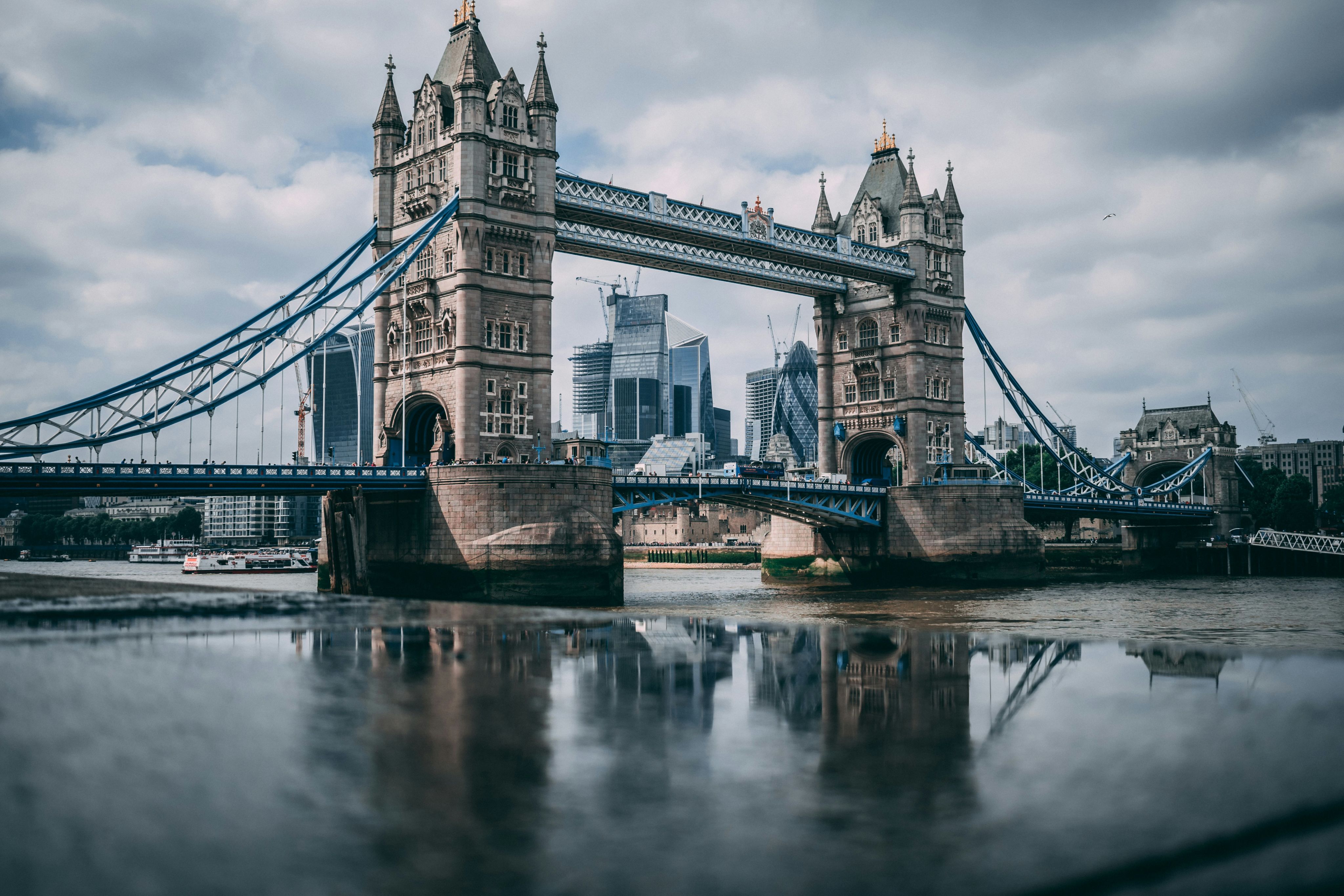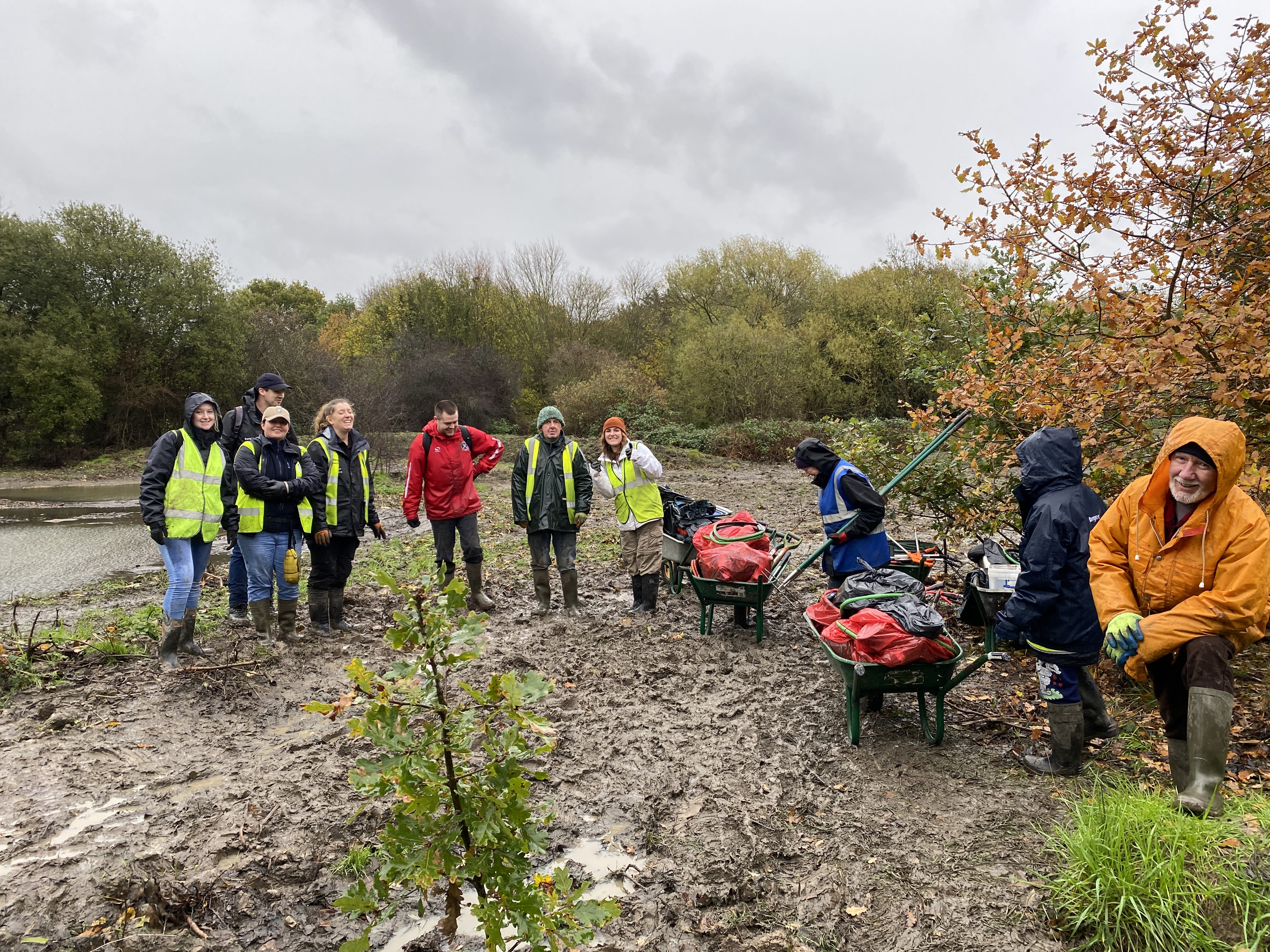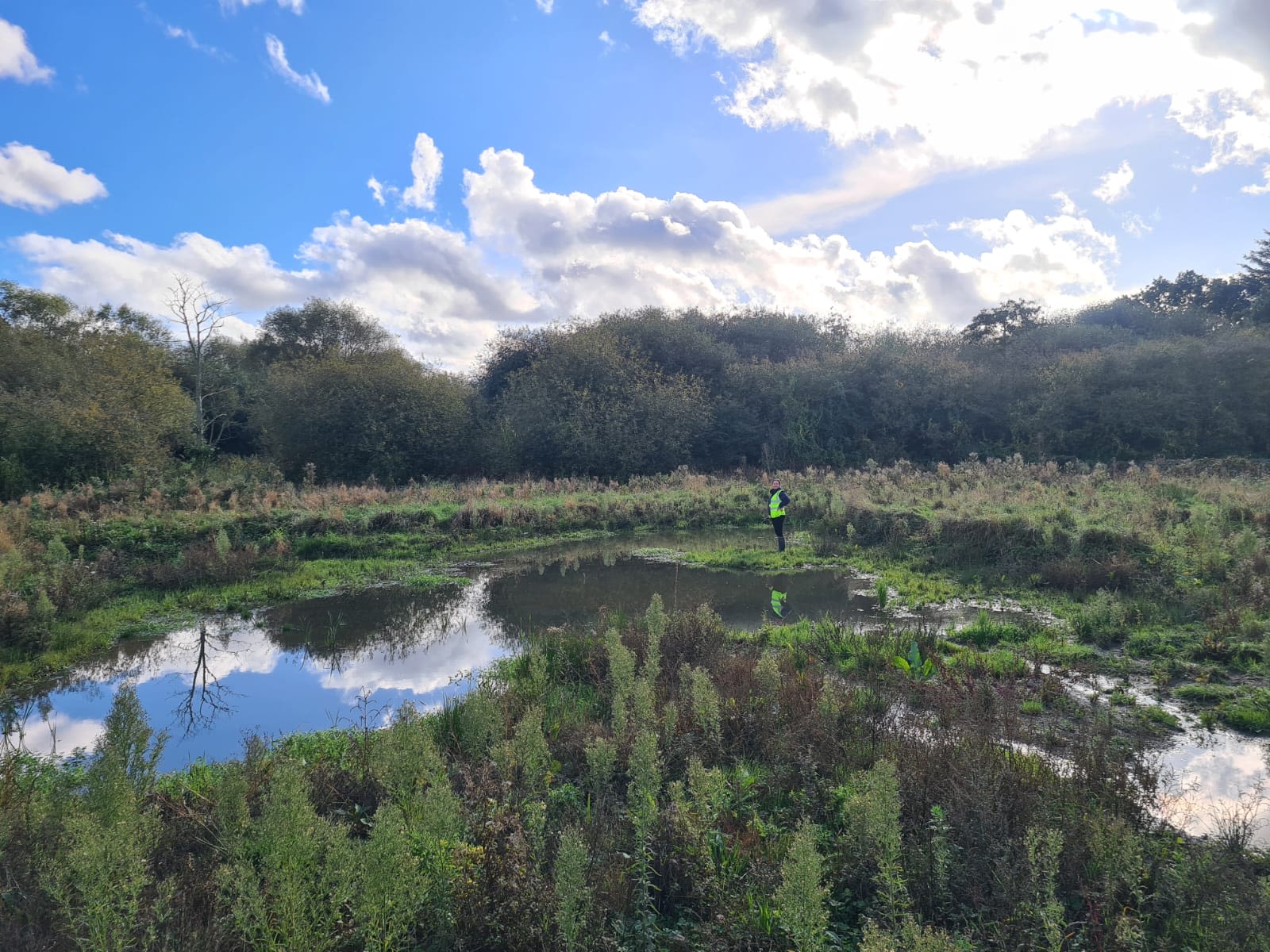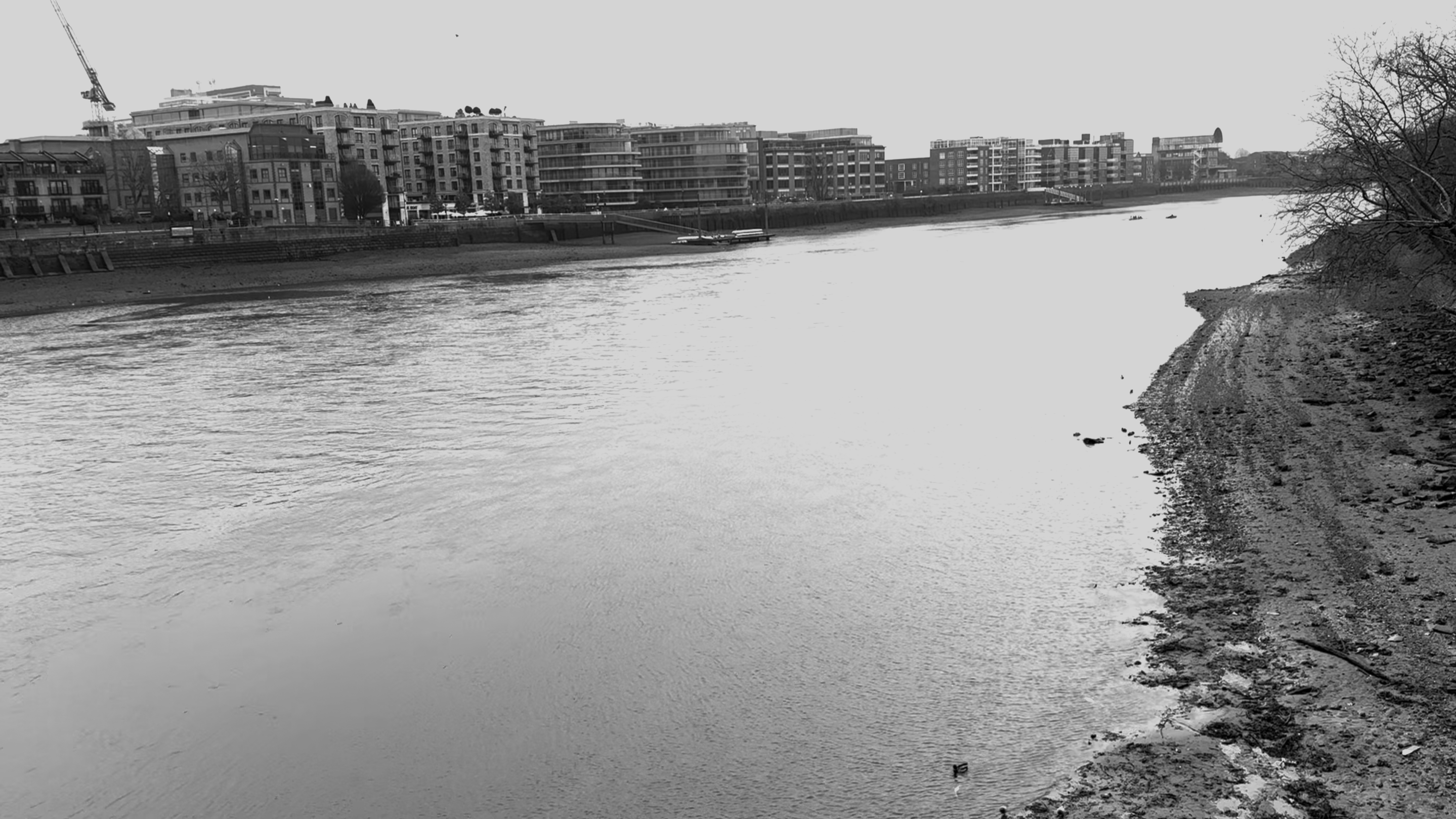Making London a 'Sponge' City

The next four years have been flagged as critical to tackling flooding and water pollution in London by a coalition of 20 environmental organisations.
None of the city's 41 rivers are classed as "good" under the EU Water Framework Directive, with two considered "bad" and three "poor".
This is raising concerns about the sanitation of rivers and potential ramifications of floods in the capital, particularly as heavy rainfall is increasingly likely to come with subsequent sewage overflows.
The Met Office said: "We are not just expecting an increase in rainfall due to climate change but also a change in rainfall type."
Many blame the 'Victorian' sewers as the cause of the sewage overflows, which are thought to not be able to cope with heavy rainfall when it combines sewage and rainwater.
But for organisation London Waterkeeper: "That's not correct."
London Waterkeeper's founder, Theo Thomas, highlights the way sewers were never built to capture rain: "London was very porous, little rain reached the sewers."
The perception of London's sewer system as old and outdated has subsequently led to immense industrial projects like the 25km Thames Tideway Tunnel.
This so-called 'Super Sewer' built under the River Thames hopes to improve the water's health by capturing excess wastewater.
It was recently praised for capturing 850,000 tonnes of sewage during a 24-hour period of heavy rain in November last year.
But Thomas is still concerned about the efficacy of this for London into the future, and the continuation of these types of large-scale projects.
Many assume every sewer is Combined, with sewage & rain going into them. But in London only a third are Combined. The vast majority are Separate, one pipe for sewage, another for rain (which go to rivers (a problem as muck from paved surfaces is washed in)).
— London Waterkeeper (@LDNWaterkeeper) June 30, 2023
Map of sewers**:
2/5 pic.twitter.com/HFZMraW9aO
"The next four years are critical to tackling flooding and water pollution in London"
- More Natural Capital Coalition
Climate experts have warned about a projected increase in thunderstorms, and thereby flash flooding likely to be around four times as frequent by the 2070s compared to 1980s, if human polluting activities are not reduced.
Environmental activists and campaigners have also suggested that the development of London as a city full of pavements and buildings is the reason it is more susceptible to water pollution.
This has sparked urgent calls to turn London into a 'sponge city', such that it is able to absorb water into more natural infrastructure.
The More Natural Capital Coalition, a partnership of 20 environmental charities in London, has emphasised the next four years as being "critical" to implementing this transition.
So what would this mean?
Flooding caused by River Brent. Image by Ben Morris
Flooding caused by River Brent. Image by Ben Morris
Road run-off silt at the Welsh Harp Reservoir. Image by Ben Morris
Road run-off silt at the Welsh Harp Reservoir. Image by Ben Morris
Rain runs into London drain. Video by Celine Marshall
Rain runs into London drain. Video by Celine Marshall
What is a 'Sponge City'?
The term 'sponge city' was first coined in 2013 by Peking University's Professor Kongjian Yu, a landscape architect and urbanist.
He used 'sponge city' to describes an urban area that works with the natural environment to absorb water, rather than build concrete channels to direct it away.
This involves enhancing the presence of green spaces, like parks and wetlands, as well as blue spaces such as rivers and ponds.
By using nature, rather than relying solely on drains and other built infrastructure, excess storm water can be captured, retained, absorbed and filtered.
This would not only stop road-run off pollution and waters flowing into rivers, but also create a more aesthetic natural environment for people to enjoy.
Founder of action group Clean Up River Brent (CURB) Ben Morris says it would involve a rethinking of the way building developments are approached into the future.
Whilst focused on improving the River Brent, Ben has been able to see first hand the impacts of poor water absorption capacities by the city, which has led to significant road run-off, materials and chemicals collecting in the rivers.
CURB founder Ben Morris on the future of building in London.
CURB founder Ben Morris on the future of building in London.
Litter found washed up in the River Brent during a clean up session in June 2024. Image by Clean Up River Brent.
Litter found washed up in the River Brent during a clean up session in June 2024. Image by Clean Up River Brent.
Waste caught in a grille on Coston's Brooke and running into River Brent. Image by CURB
Waste caught in a grille on Coston's Brooke and running into River Brent. Image by CURB
How 'spongy' is London?
A survey of eight cities around the world found London to be the second least 'spongy' city at 22%.
It involved looking at the make up percentage of green and blue spaces in the city in comparison to the built environment.
The study was done by British design company, Arup, which also surveyed Sydney - found to be the least 'spongy' city at 18% - Shanghai, Montreal, New York, Mumbai, Singapore, Toronoto, Nairobi and Auckland - the most 'spongy' city at 35%.
A snapshot of central London was produced to determine how much built and natural materials contributed to the infrastructure.
Some work has been done by climate campaign and action groups already making moves towards increasing London's sponginess.
London charity Thames21 is one of those action groups who have focused on improving waterways and wildlife in the city.
It has made efforts by creating wetlands, planting trees and supporting sustainable drainage systems across London, hoping to improve biodiversity and capture rainwater to reduce flood risks.
The Rewilding the Rom project is one of Thames21's major initiatives, which started in 2021 to restore the wetlands in East London.
Communications manager Liz Gyekye explains their aims.
Thames21 CEO, Chris Coode, said: “London has lost many of its green spaces to urban development and we urgently need more nature-based solutions such as wetlands to help tackle the impact of the climate emergency.
“These green spaces are essential for managing surface water and creating environments where water is naturally controlled."
He added: “Spending time by the river has proven benefits for people’s health and well-being.
"By transforming London into a sponge city we enhance our rivers’ resilience to climate change and ensure that we can all benefit from our precious rivers.”


Paving a (green) path forward...
London has seen some small scale shifts towards creating a sponge city, with community groups and individuals making changes.
Amongst those include initiatives like the Urban Wild Project in Herne Hill, the installation of rain gardens in Waltham Forest and Hammersmith, and the Ealing front gardens project.
However, they need to be delivered on a much larger scale to be effective in combatting river pollution.
There is a lot to learn from other cities both within and outside the United Kingdom.
These include cities as populated as Berlin, Shanghai, Singapore and even Cardiff.
Cities like these have increasingly embraced more green infrastructure like rain gardens, wetlands, front gardens and parks.
Campaigner with CPRE London, Rosie McCall, said: “Embracing these simple, nature-based solutions would enable London to become a greener, healthier and more resilient city, better able to withstand the threat of extreme weather events and climate change.”









